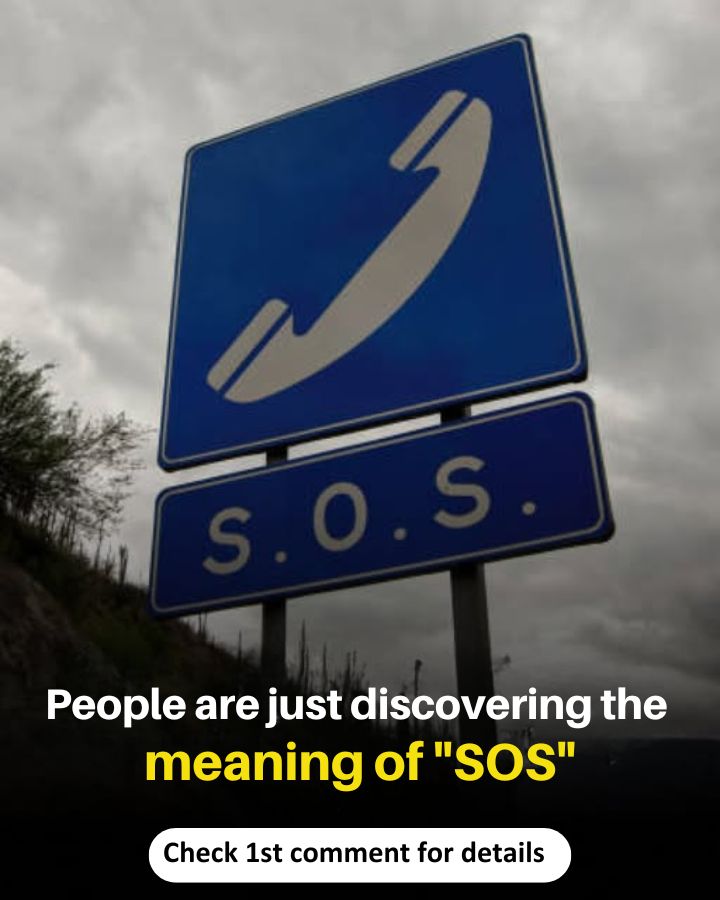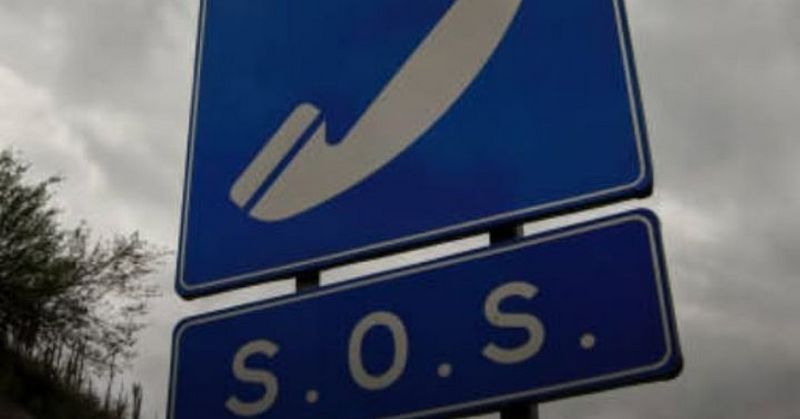The Fascinating Truth Behind SOS: Understanding the Universal Distress Signal
The signal “SOS” is a term that resonates across cultures as a universal call for help. Many individuals often associate it with phrases like “Save Our Souls” or “Save Our Ship”. However, such interpretations emerged long after the signal was established. So, what is the real meaning behind those three simple letters? The answer may surprise you, as the story behind SOS is both intriguing and significant.

A Signal Born Out of Necessity
Contrary to the popular belief that SOS is an acronym, it does not stand for any specific phrase or words. The origins of the SOS distress signal can be traced back to 1908, when it was officially adopted as the international distress signal for maritime communication, particularly in Morse code. But why was SOS chosen? Its selection was due to its remarkable simplicity and clarity, which are crucial during emergencies.

In Morse code, SOS is transmitted as follows:
S → ... (three short signals)
O → --- (three long signals)
S → ... (three short signals again)
This distinctive pattern is easy to recognize, quick to transmit, and challenging to misinterpret, making it an ideal choice for emergencies. In contrast to earlier distress signals like CQD, which were more complex and prone to errors, SOS emerged as a clear and unmistakable call for assistance. This simplicity was paramount during a time when the technology used to communicate was still developing, and maritime disasters were all too common.

The Enduring Legacy and Versatility of SOS
The enduring recognition of SOS comes from its versatility. In addition to Morse code, SOS can be communicated in various ways, such as through flashing lights, drawing in the sand, or even by writing it out in large letters as a signal of distress. This adaptability has allowed SOS to remain relevant across different contexts and technologies. For example, during World War II, soldiers used flashlights to signal SOS during dark nights, while hikers in distress have been known to create SOS signs using rocks or logs in remote wilderness areas.
Over the years, people have attached emotional interpretations to the SOS signal, like “Save Our Souls,” to make it feel more relatable. However, it is crucial to note that these interpretations were never part of the original intent of SOS. It was simply designed to be a straightforward signal of distress, devoid of any complex wording. This disassociation from its supposed meanings has contributed to the signal’s purity as an emergency call.
The Humor in Misconceptions
Many individuals find themselves amused or surprised when they discover the true story behind the SOS signal. Anecdotes such as one from a user, who humorously recounted, “My brother once told me it stood for Help, Oh Smell—a misinterpretation I believed for years!”, showcase how easy it is for misinformation to spread. The genesis of these fanciful explanations often highlights the human tendency to create narratives around symbols that we encounter.
While these humorous or dramatic reinterpretations may offer a light-hearted take on the topic, the fact remains that SOS has consistently been a trusted symbol of distress. It is recognized universally—whether at sea, depicted on road signs, or referenced in popular culture, such as movies and music. Its powerful recognition signifies the need for help and has transcended generations. For instance, the use of SOS in films often evokes immediate emotion, reinforcing its significance as a plea for urgent assistance.
The Importance of SOS in Modern Contexts
In today’s world, the SOS signal remains crucial not only in maritime contexts but also in various other emergency situations. With the advent of modern technology and communication methods, the principle behind SOS—rapidly conveying a message of distress—remains unchanged. For example, the SOS function on smartphones allows users to send emergency alerts to emergency services and contacts simultaneously with the push of a button, safeguarding lives in situations where traditional communication may falter.
Furthermore, organizations like the Red Cross have integrated the knowledge of the SOS signal into their training programs, emphasizing the importance of this universal distress call in emergency preparedness workshops. Whether through radio, text messages, social media, or even through dedicated emergency apps, the essence of SOS continues to serve as a lifeline for those in need. The adaptability of the SOS signal illustrates the timeless need for clear, immediate communication in times of crisis.
So, the next time you encounter the term “SOS,” whether in media or in person, remember its profound significance. It serves as a reminder that clarity and simplicity can be incredibly powerful in critical situations. The beauty of SOS lies not in the letters themselves but in the immediate understanding they convey when every second counts—an invaluable lesson in the importance of communication. In essence, SOS transcends language barriers and cultural differences, standing as a testament to humanity’s collective understanding of the need for urgent help and support.
















